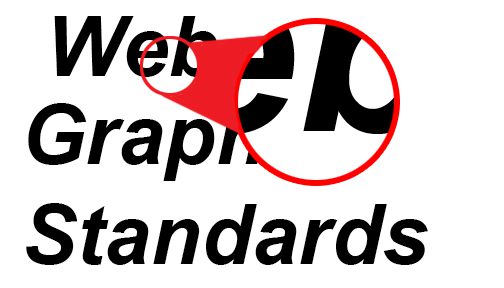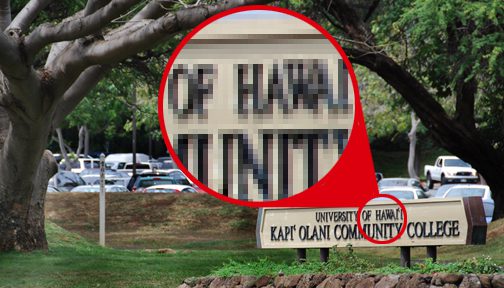Web Content Guide
- Home
- $
- Faculty & Staff
- $
- Creative Services
- $
- Web Content Guide
- $
- Image Guidelines
Image Guidelines
All images should be appropriate, cropped, and sized properly for Web use. It is strongly encouraged that the official Kapi‘olani Community College/University of Hawai‘i images be used. If not, professional-grade images, appropriately obtained, should be used.
Approved Web gallery tools should be used for all webpage slide shows, animation, or movies. Alternate animation and multi-media projects must be coordinated with the Kapiʻolani CC Web Development Team.
All images must have alternate text (alt tags) attached. The use of interactivity and animation must be appropriate and should never impair the user experience.
File Formats for Graphics & Logos
Knowing which graphic file format to use for your graphic communication project (from Web sites to large banners) is critical for optimum reproduction. Most graphic files come in two distinct formats – vector or raster.


Vector Files
A vector image is created with mathematical points, lines, and curves, and can be scaled infinitely, both larger and smaller, with no loss of clarity. Vector files cannot be easily used on the Web; however, these can be utilized to create files that can be uploaded to the internet. Vector file formats are commonly created using Postscript programs such as Adobe Illustrator and Adobe InDesign, and usually have a .eps or .ai extension. Vector files are the best format to use when printing any version of the Kapiʻolani CC and/or UH logos.
Raster Files
A raster image is comprised of a series of small squares called pixels. Each pixel contains unique information about its color. If a raster file needs to be enlarged, the computer has to guess (or interpolate) to create new pixels between the old ones. This can result in the image becoming blurry when the size is increased. Raster files are commonly created by digital cameras. Raster file formats include .jpg, .tif, .gif, .png, and .psd extensions.
For Web
When submitting images for use on our website, please follow these basic guidelines:
- Use high-quality image formats such as JPEG (.jpg) or PNG (.png).
- Avoid embedding photos in slideshows or DOC files. Instead, upload them to a shared drive accessible by our team.
- Landscape orientation is generally preferred for web use.
- Ensure that any photos featuring students have been approved by the student or legal guardian. Please keep a signed copy of the Media Release form for your records
If you need assistance with determining the correct file format for your project, contact the Kapiʻolani CC Web & Mobile Development Team.